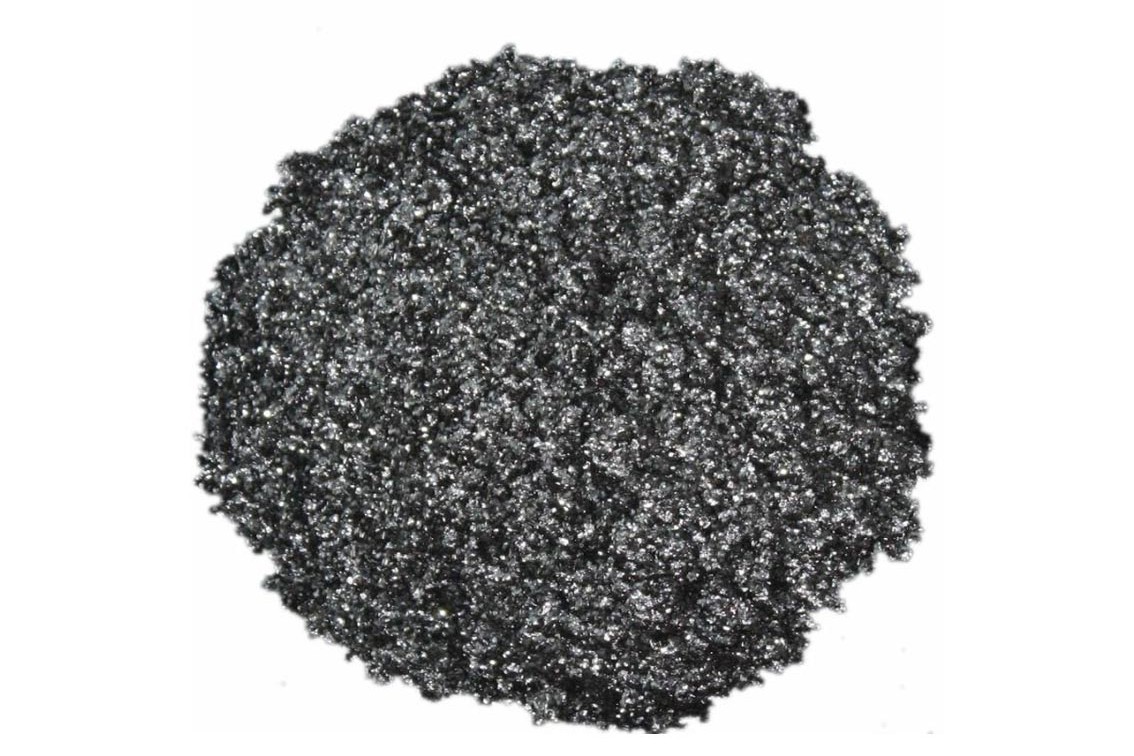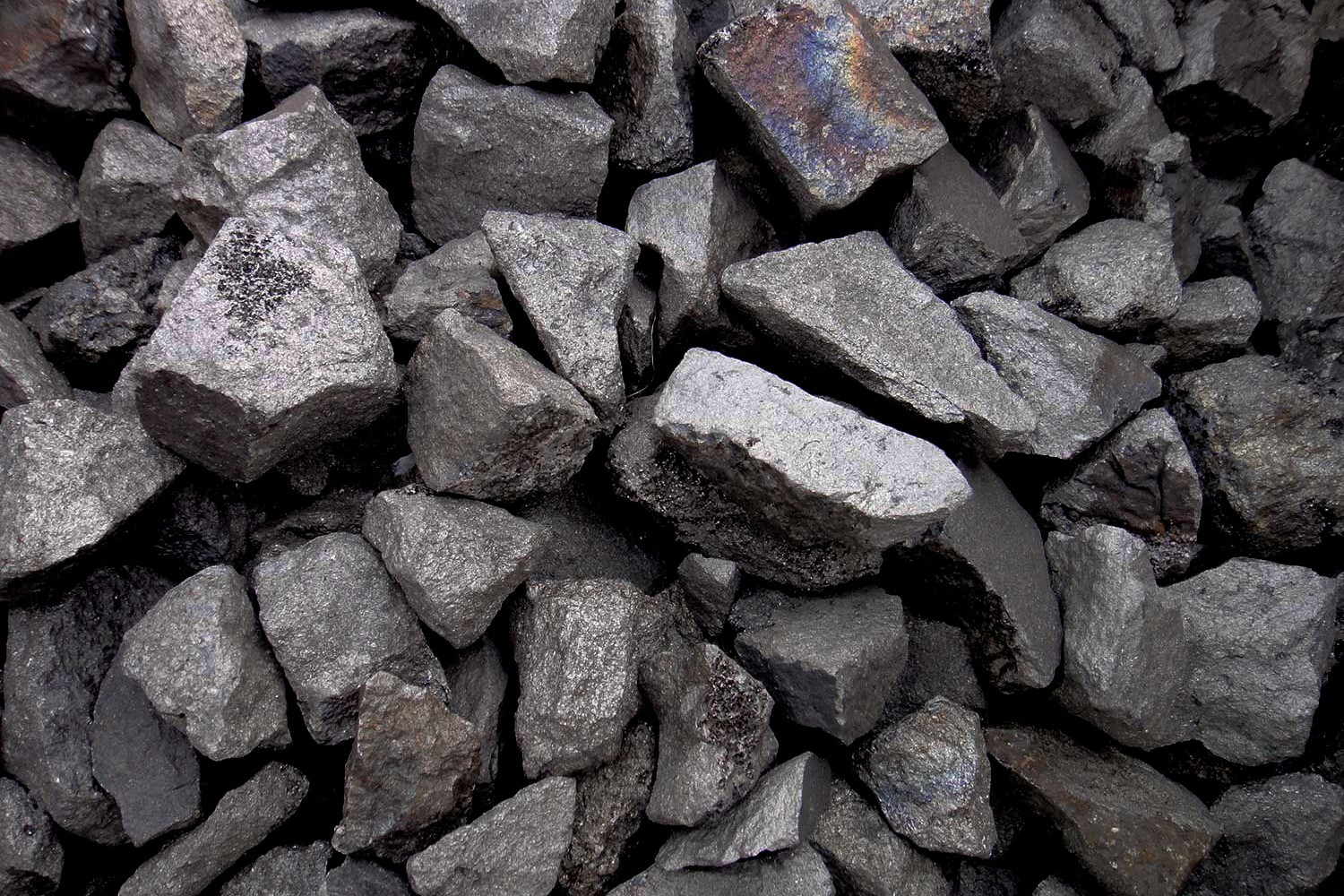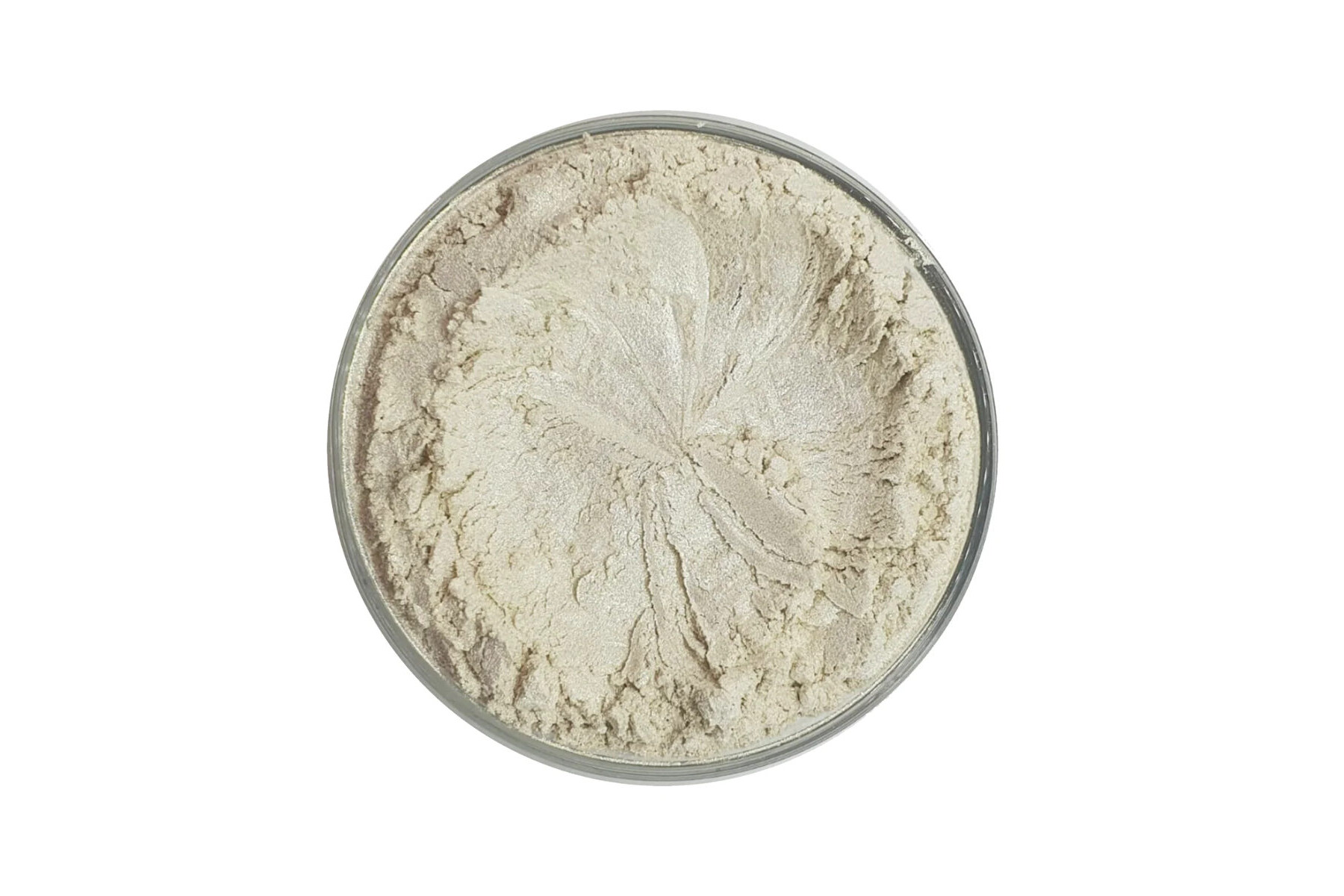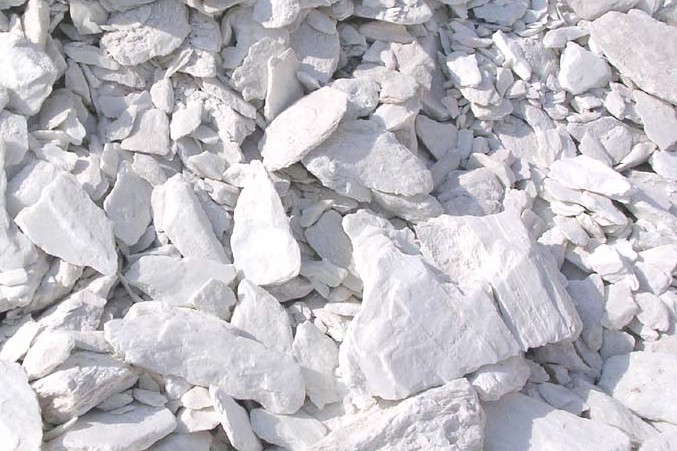Nepheline Syenite
Nepheline syenite has three main areas of application;
- Ceramics
- Functional fillers
- Glass production
It is a naturally occurring, silica-free, anhydrous sodium-potassium alumina silicate, that delivers improved product performance and is accordant with modern environmental and industrial hygiene standards.
Nepheline syenite is a composed of three primary minerals: the albite form (sodium) of feldspar, the microcline form (potassium) of feldspar and nepheline (feldspathoid).
The existence of nepheline and the absence of crystalline silica is what sets this uniquely occurring rock apart from feldspar fillers, which contain just albite and microcline.
Like feldspar, it provides alkalis that act as a flux in the manufacture of glass and ceramics. In glass production, alumina acts as a matrix of stabilizer, enhancing the workability of molten glass, and increasing the resistance for scratching, breaking and chemical protection.
Ceramic Grade
AP Cer is our ceramic-grade nepheline syenite product, which are naturally occurring, quartz-free, alkaline alumina silicate.
In ceramic application, nepheline syenite primarily serves as an excellent fluxing agent and has the following functions:
‣ significantly lowers melting point, and speeds up firing process
‣ increases body vitrification over a wide range of firing temperature
‣ improves absorption and moisture expansion improves mechanical strength
‣ increases thermal expansion and reduces variations of thermal expansion during production
Filler Grade
In filler applications, nepheline syenite primarily serves as a performance enhancer and has the following functions/advantages:
‣ improves weatherability
‣ improves abrasion, scrub, stain, mildew and
chalking resistance
‣ high brightness (> 92)
‣ great UV protection to resin and pigment system, and high yellowing resistance
‣ low tint strength even at high loading that maximizes the color strength
‣ optimal refractive index allows for high loading in transparent and translucent coatings and stains
‣ good dispersibility and low oil absorption in both water and solvent systems, and low viscosity even in high filler/pigment loading
‣ stable pH and chemical inertness
‣ low vehicle demand and exceptional resistance to
frosting
Glass Grade
APGlas is glass-grade nepheline syenite, which is a naturally occurring, quartz-free, alkaline alumina silicate.
In glass application, nepheline syenite primarily serves as an excellent fluxing agent and has the following advantages:
‣ Higher alumina content which improves matrix formation, stabilisation and physical resistance
‣ Higher alkali volume and improves fluxing, which lowers the melting temperature of the batch and reduces the quantity of high cost soda ash to be added
‣ Higher alkali/alumina ratio and lower fusion, which increase savings in raw materials handling, storages and energy used in production
‣ No free silica







